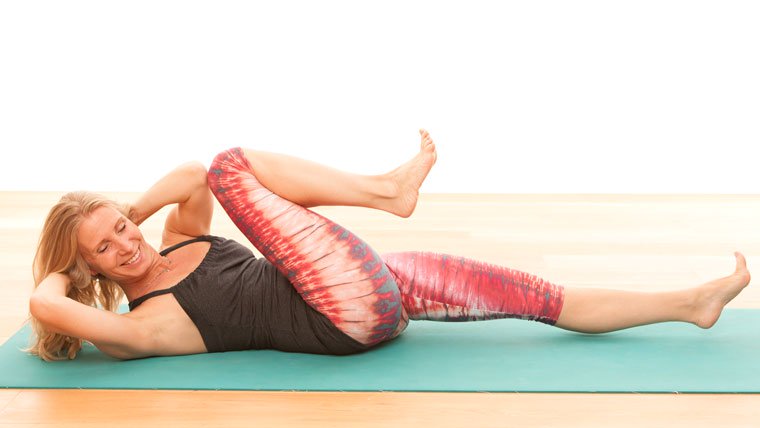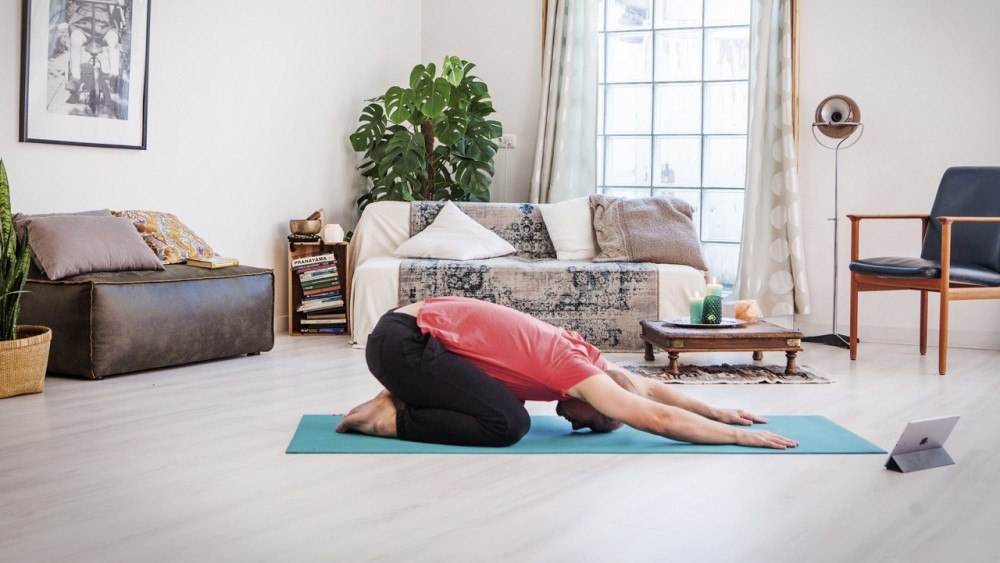In this article we become acquainted with DOMS (Delayed Onset Muscle Soreness) and join the debate on whether after pain is actually beneficial for you or not!
DOMS – What is it?
Muscle pain after exercise is commonly known as DOMS and it said to be brought about by microdamage in our muscle fibres. Years ago in the massage industry it was thought to have been related to lactic acid but we now know that this is most likely not the case. Microdamage is caused when we contract our muscles and the total stress on the muscles is greater than its capacity. In other words, we make a movement and our muscles are not yet strong enough to support the movement fully. With the strain we get micro-tears in our fibres, causing small amounts of inflammation and other signs of damage.
Understanding our muscles
Our muscles are made up of hundreds of muscle fibres and each of these fibres has the potential to contract. The strength of our muscle contraction depends on the amount of contraction within these individual fibres. When the strength of these contractions is not enough to support a movement we can cause micro-tearing within the muscle tissue. Contraction of these muscles is controlled by our nervous system and they are grouped together in things called ‘motor units’.
When the strength of these contractions is not enough to support a movement we can cause micro tearing within the muscle tissue.
Understanding force of muscle contraction and increasing strength
A ‘motor unit’ consists of several hundred muscle fibres and one nerve that stimulates them to contract. Muscle fibres operate under the ‘all or nothing law’, meaning that all the fibres in the ‘motor unit’ will contract or none of them will.
Muscle strength is defined by the quality of interaction of our neurological and muscular system, the usage of our motor units and the physical condition of our muscle fibres. The force of our muscle contraction is dictated by the number of motor units that fire up in our muscle. If a little amount of force is required, only a small number of motor units are activated, if the need potential is increased – if you need more strength – more units are fired up. Our muscles get stronger when the amount of ‘motor units’ used and their frequency of activation increases.
How many units we fire up also depends on our age, genetics and the health and the current strength of the muscle. If our muscles are unconditioned we may not be using the optimal amount of motor units.
So by increasing the workload of your muscles, you will increase their stamina and their response time will become quicker. Your motor units will be fired more frequently and with the increase in demand more motor units will be activated. This, in turn, reduces the risk and frequency of DOMS.
How long can DOMS last?
Again this really depends on the individual, but generally speaking, it can last from anywhere between 2 – 5 days. Muscle soreness can sometimes be experienced fairly soon after exercise – a tightening after a few hours leading to an ache and stiffness after a day or so. If this pain lasts longer than 5 days there could be something else going on and it’s time to talk to ahealthcaree professional.
If you experience sharp, sudden pain during an exercise: this is not micro-damage, this could be a strain, sprain or other injury in the making. If this happens, stop.
How can I prevent DOMS?
Start slowly and build up gradually. In yoga we often talk about not pushing your boundaries to excess and DOMS is a good reason why you shouldn’t. If you listen to your body and work with it you can prevent a certain amount of DOMS. The tricky part really is finding that balance. If you never even poke at your boundaries you also won’t build up your strength.. but if you push past them you can injure yourself and get such painful muscle soreness that you can’t exercise the next day.

Personally, I think a little ache is okay …but if it inhibits your movements and ability to get on your mat the following da then perhaps you have pushed it too far. We are all different so there are no hard or fast rules on how little or how much you should do. The best advice is to stay present and aware and work with what you’ve got.
Managing DOMS on your mat
Alternate your focus. For example, if you are experiencing sore quads after an intense yoga class with lots of Warriors and Lunges than its best to avoid working hard on these areas the next day. Try a class that focuses on different area of the body the following day, and include only gentle stretches for your legs.
Rest and repair
It’s important to give your body time to repair if it’s damaged. If you force your way through the pain you could cause scar tissue, adhesions and adhesive fascia to form. This could lead to all sorts of problems like injury, reduced muscle function and pain.
DOMS – necessary or not? The debate
Physiologically… does our body need it? Some theories suggest that it’s necessary in order to increase the size and structural strength of our muscle tissue on a cellular level. Around our muscles cells there are stem cells called ‘satellite cells’ and under the right conditions these cells can donate their nuclei to the muscle fibres, thereby increasing our muscular strength. The theory suggests that this can only happen when our cell walls are damaged during strenuous exercise.
I’m on the fence on this one. However, it is a fact that your muscles adapt to the new activity and the more they adapt, the less soreness you get. But that is based on working with the same activity. If you increase the intensity of the activity the risk of getting DOMS returns.
But muscular strength is more than just the physical compostion of your cells. The other aspect of muscular strength is the health of your nervous system, i.e. how well our muscles respond to the stimulation of our motor nerves. Repeated stimulation (exercising consistently without pushing the boundaries) increases the health of our nervous system and our motor units… which is separate from microdamage. It’s about neural training!
DOMS in yoga
Esther Ekhart feels that when you practice consistently and safely for a period of time, within your boundaries, you build a solid foundation and a healthy relationship between your muscular system and nervous system. From that healthy and solid foundation you can then slowly begin to work your edges a bit more to gain strength.
It comes down to you
A part of me wants to believe that microdamage is unnecessary; that if we work in perfect balance that we can increase the strength and health of our muscles pain-free. But working in perfect balance is impossible and sometimes we need to push our boundaries beyond our comfort zone in order to realize our potential. I guess it comes down to you. I feel that it’s in my nature to avoid discomfort so I know that I need to push my boundaries a little. However, if you are the type of person that pushes it too much then working to avoid DOMS is more necessary for you. If you push to the point that you can’t exercise for several days than this surely cannot be beneficial. Consistency is more important than intensity.
What do you think?

